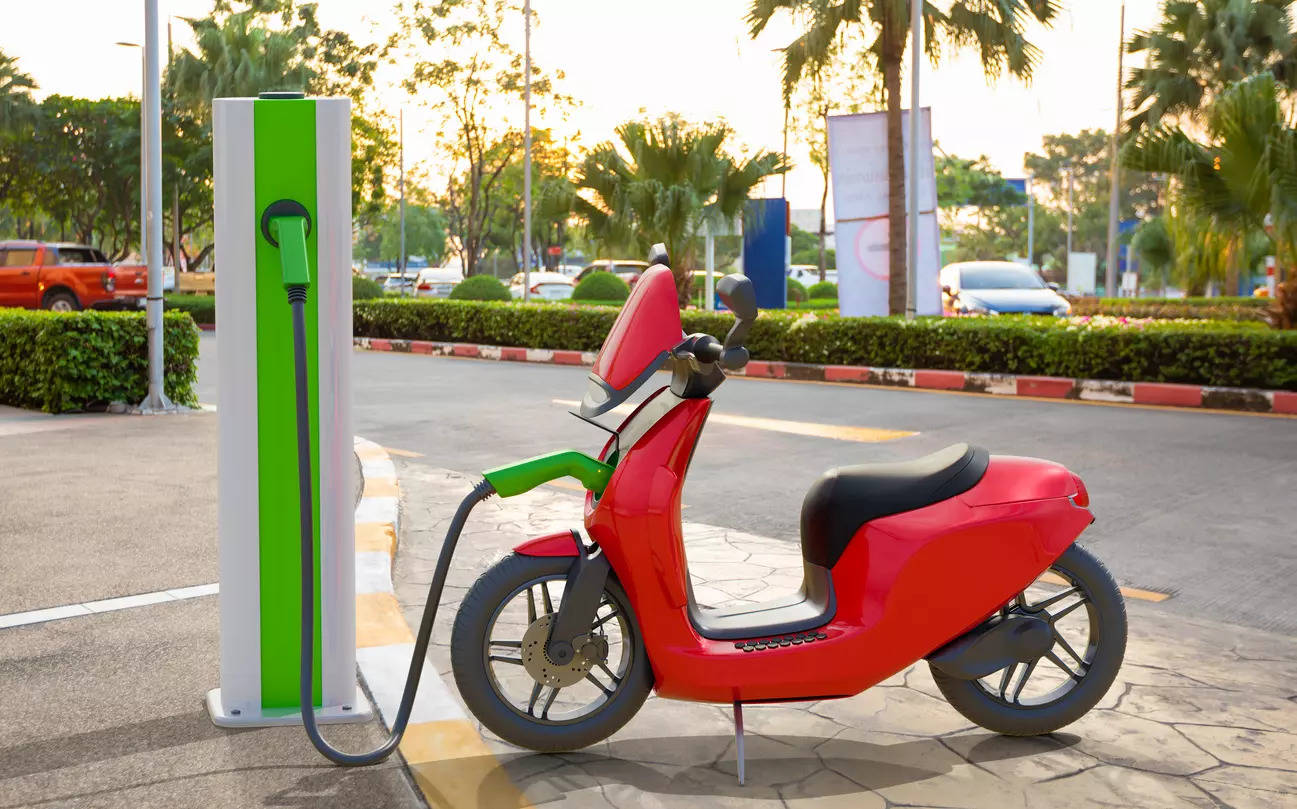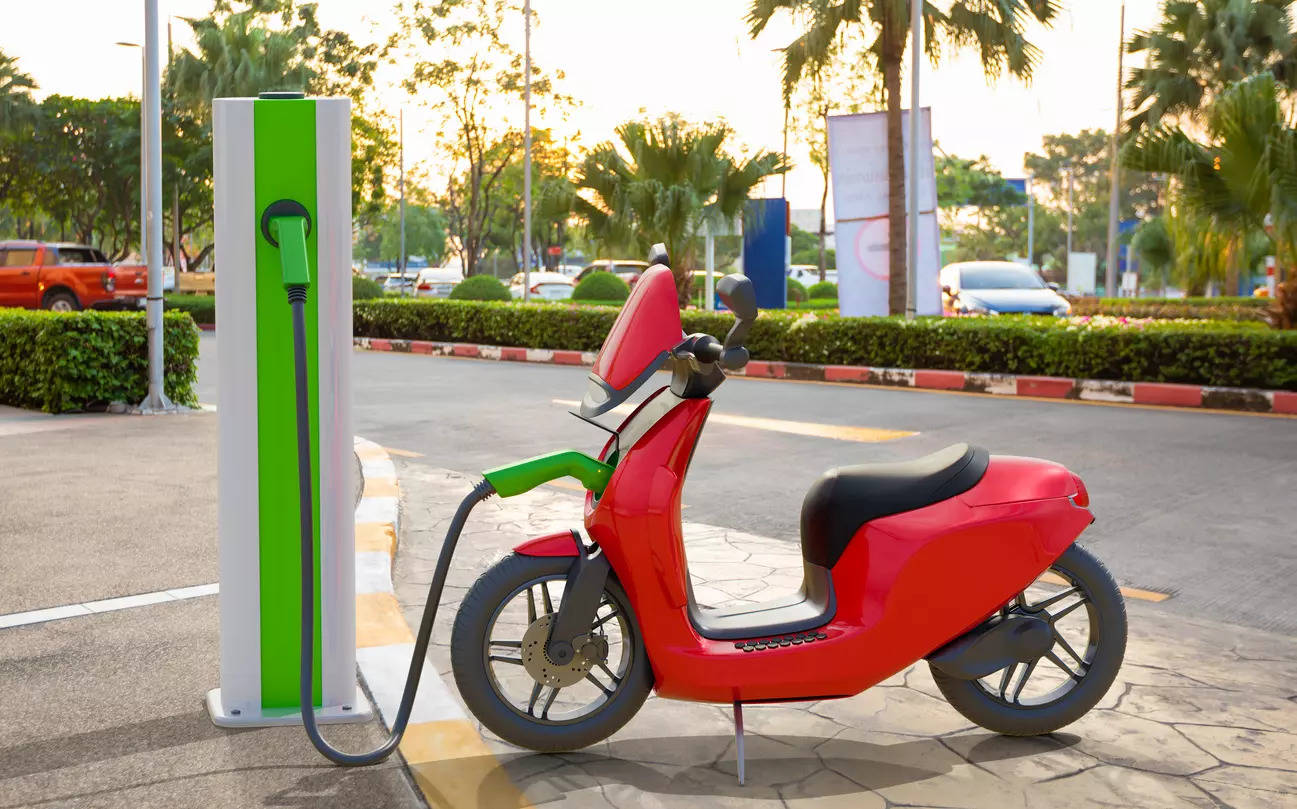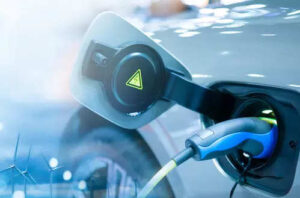
New Delhi: The electric two wheeler market continues to be in a churn, with legacy OEMs cornering higher share and market leader Ola Electric’s pie shrinking. In September (till date), Ola’s sales fell by nearly a third year-on-year and market share shrank to 25.7% from over 47% in September last year. So Ola was controlling nearly half the e2w market last September but now, it accounts for just a fourth.
Ola’s loss has been a gain for legacy two wheeler OEMs, Bajaj Auto and TVS Motor Company, even as there has been intense competition even between these two, with Bajaj outselling TVS for the first time ever. Bajaj sold over 17,000 units against TVS’ just over 16,000 units, racing ahead for the first time, as per data from the Vahan portal. The spectacular sales performance by Bajaj has meant it now accounts for nearly every fifth e2w sold whereas TVS’ share is about 19.56%.
The other remarkable journey has been of pure electric OEM Ather Energy, the only non-legacy OEM to gain share in September. Ather’s sales jumped by three-fourths to over 11000 units against just under 6500 units in September of 2023 and it now accounts for almost 14% of the market.
Why is Ola shrinking?
Industry insiders point to several reasons for Ola’s shrinking. One of them is the customers’ perception about after sales and service by the company. A large dealer of a rival brand pointed out that customers are unhappy many times with the lack of response at Ola’s end for service issues and they also do not feel kindly towards a system which is totally devoid of an interaction with a human being. “Even when a customer wants to buy the vehicle, she is asked to do so on an ipad at the Ola centre. If there are issues with a product, one has to call up the call centre, remain on hold for long and deal with an IVR to register a complaint. Then, the wait to have a faulty two wheeler picked up begins. This uncertainty is one of the reasons for customers walking away from Ola many times.”
Last week, Ola announced the launch of a ‘hyperservice’ campaign under which it plans to double company owned service network outlets to a 1000 by December. It has also announced a service training program under which one lakh third party mechanics will be trained. There are also plans to deploy AI powered proactive maintenance and remote diagnostics from October 10th. Perhaps these initiatives, along with a new retail format which includes sales at multi brand outlets, will add numbers to Ola in subsequent months.
In September till today, Ola has sold over 21,000 units versus more than 30,000 units in the same month last year. In August 2024, it sold over 27,000 units so the September number is lower even month on month.
How come Bajaj overtook TVS?
An industry source pointed out that TVS has suffered due to the lack of a sub one lakh rupee product. “This is a very price sensitive customer segment and Bajaj has been able to beat TVS almost entirely on the pricing plank. But TVS is expected to bring a mass e2w in the upcoming festival season,” this person said.
Not only pricing, the recent tweak in Bajaj’s distribution and retail strategy for its e2w Chetak has also helped. A prominent dealer of Bajaj said on condition of anonymity that since the last two months or so, Bajaj has been retailing its e2w brand Chetak through its existing motorcycle dealerships also, in addition to exclusive Chetak showrooms. This is a farcry from the initial retail strategy of Bajaj, which was based on selling Chetak through KTM showrooms. This was discontinued sometime later as sales just did not take off in most states except Maharashtra. At that time, Bajaj decided to sell through exclusive Chetak showrooms, right after Covid19. But even this did not get the desired numbers and now, in a fresh tweak, the OEM is using existing motorcycle showrooms too to sell Chetak.
In turn, this new strategy has ensured deeper rural penetration for Chetak. “This new sales strategy is already working. Rural sales are outpacing those in metro cities, where charging e2ws in apartment buildings is tough and discourages some customers from buying electric products,” this dealer said.
But sales of just a month may not be enough to write off TVS. The new, sub one lakh rupee product expected soon should help TVS rise on he charts. Also, the dealer quoted above said that while the current trend in the market has been to strap an existing product with a smaller battery and reduce the price, a brand new product would find better traction in the market.
So if Bajaj is winning due to its pricing and a smarter distribution/sales strategy, how come pure electric OEM Ather is surging ahead too? Just like TVS, Ather also does not have a sub one lakh rupee product yet. But its service promise seems to work better and the brand has been clear about not entering the mass market segment just yet with Rizta. “Ather is the iphone of e2ws whereas Bajaj is the Nokia. The Ather customer is less price sensitive than a typical Bajaj customer, more urban than rural,” pointed out another industry veteran.
To learn more about the electric vehicle ecosystem and meet the key industry leaders, click here.






